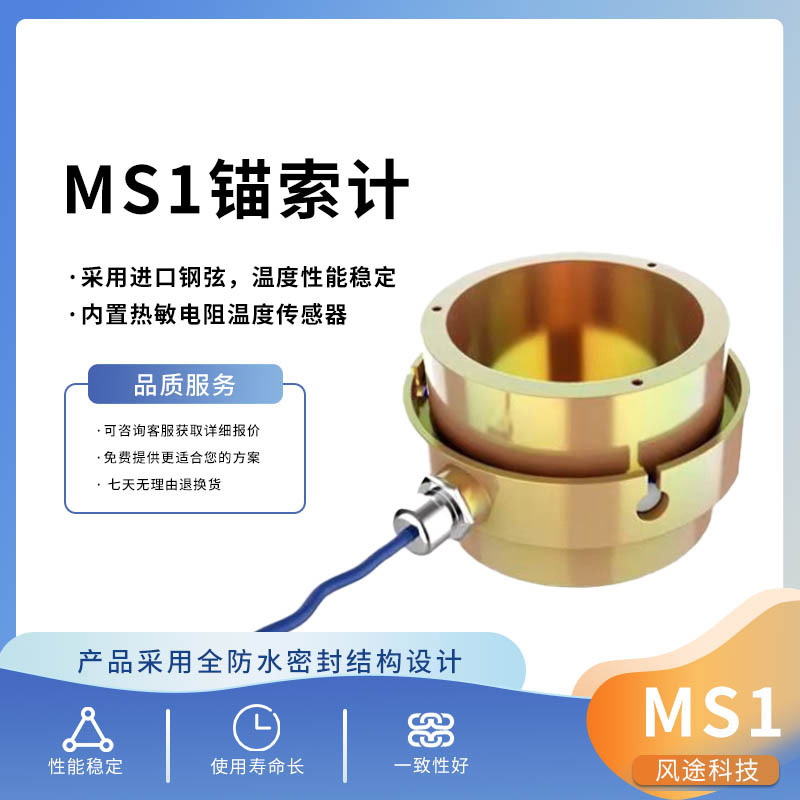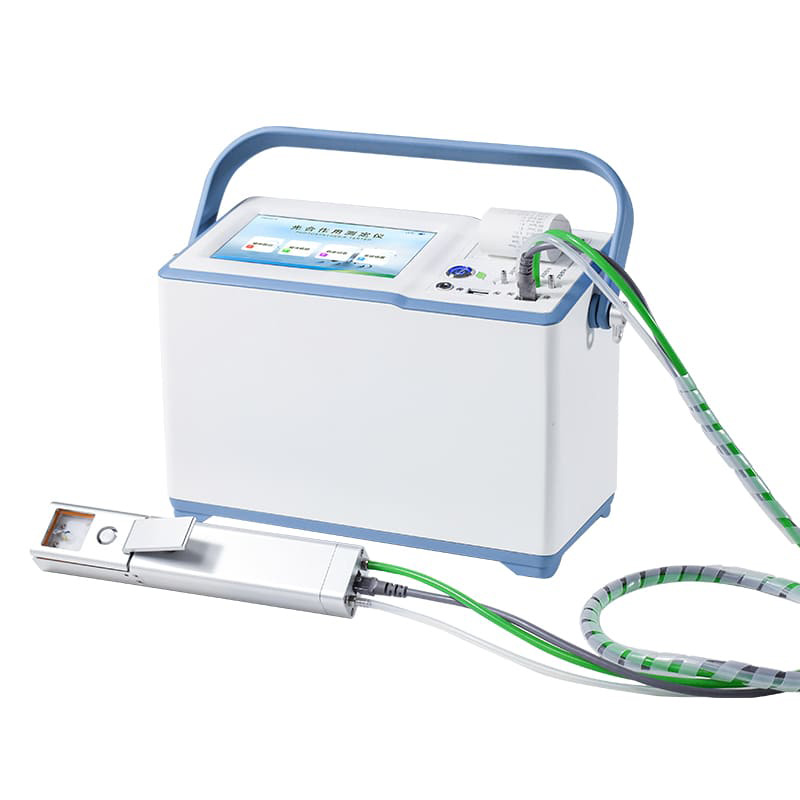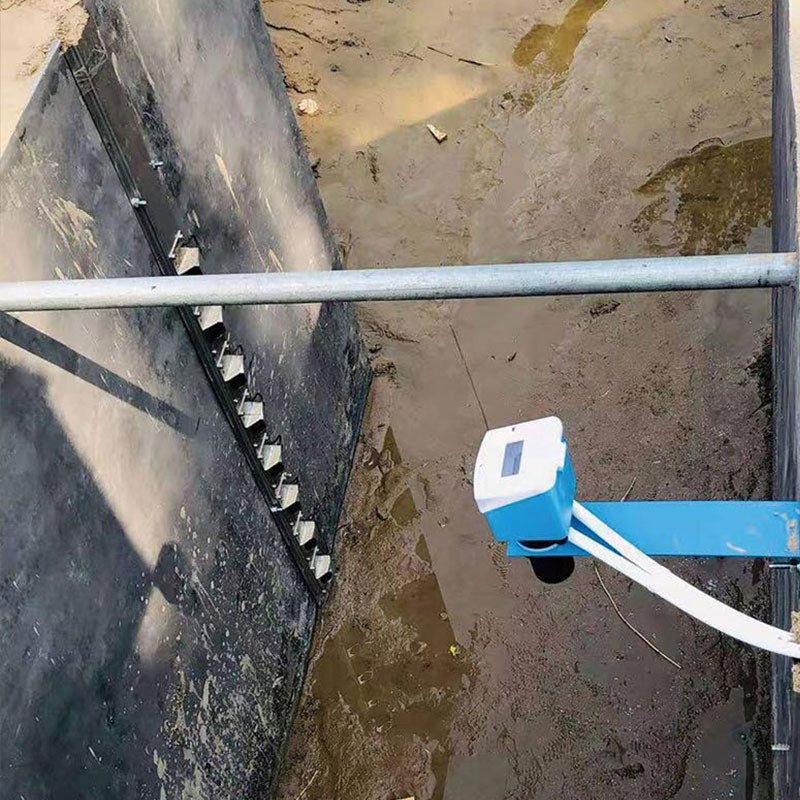The importance of wheat soil moisture lies in its direct impact on wheat germination, emergence, root development, and overall growth. Adequate soil moisture can ensure that wheat seeds absorb sufficient water, germinate smoothly, promote the roots to penetrate deep into the soil, enhance the crop's drought resistance and stress resistance, and also help improve the physical structure of the soil.
The soil moisture monitoring system can accurately judge the soil moisture. It uses scientific instruments and equipment to precisely measure the soil moisture content, replacing the subjective judgment method of traditional soil identification. The monitoring station can accurately know whether the soil reaches the adequate moisture standard, that is, about 80% of the field capacity. It can also master the moisture content of different soil depths (such as 0 - 20 cm), and determine whether the moisture content of various soils like sandy loam and silt is suitable for wheat sowing and growth.
When the monitoring station data shows that the soil moisture is insufficient, farmers can take measures such as watering for soil moisture, irrigating the stubble, etc. in advance. If the soil moisture is poor after sowing, they can judge whether it is necessary to water the seedling based on the data. For sandy loam and loess soil with poor water retention, after watering the seedling, they can refer to the monitoring data to determine the best time for loosening the soil to preserve moisture.
In terms of late - sowing decision - making, the monitoring station is of great help. If the soil moisture is good, farmers can appropriately postpone the sowing period. If the soil moisture is poor, they can timely water to create moisture or choose to sow first and then water. At the same time, they can accurately grasp the amount and time of watering to avoid soil compaction. In addition, according to the soil moisture content and the actual situation of late sowing, special sowing methods such as scientifically increasing the sowing amount, choosing shallow sowing, or increasing the sowing density can be adopted to improve the wheat emergence rate and growth speed. During the wheat growth process, it provides scientific guidance for management measures such as fertilization, watering, and pest control to ensure the normal growth and development of wheat.

This paper addresses:https://fengtusz.com/industry/609.html









